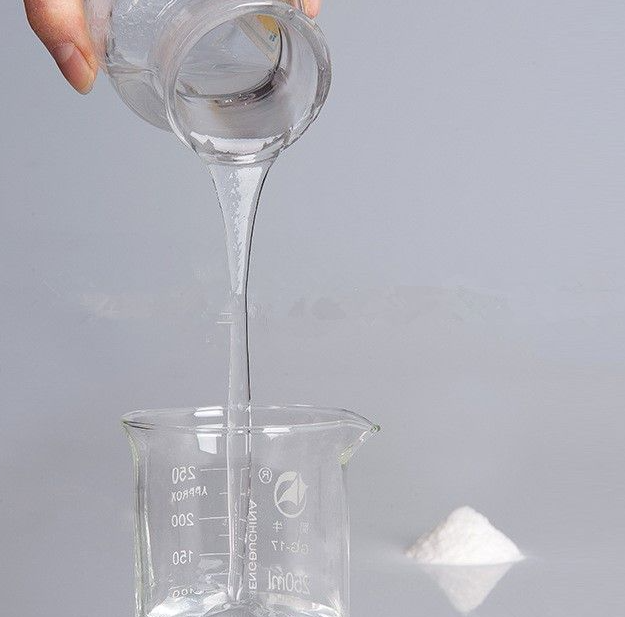Viscosity is a critical parameter in the cellulose industry, influencing the performance and characteristics of cellulose-based products. Two commonly used methods for measuring viscosity are the Brookfield Viscosity and Viscosity NDJ 2% solution. This article aims to explore the differences between these two viscosity measurement techniques, shedding light on their respective roles in evaluating cellulose ethers and their applications in the cellulose industry.
Brookfield Viscosity:
Brookfield Viscosity is a widely used method to measure the resistance of a fluid to flow. It involves using a Brookfield Viscometer, a rotational viscometer, to determine the viscosity of the sample. The instrument measures the torque required to rotate a spindle immersed in the sample fluid at a constant speed. The viscosity is then calculated based on the torque readings.
Viscosity NDJ 2% Solution:
Viscosity NDJ 2% solution refers to the viscosity measurement of a 2% solution of the cellulose ether. It is performed using an NDJ-1 viscometer, which utilizes a falling ball method. In this method, a calibrated ball is allowed to fall freely through the 2% cellulose ether solution, and the time taken for the ball to pass a predetermined distance is measured. The viscosity of the solution is then determined based on the falling time of the ball.
Differences between Brookfield Viscosity and Viscosity NDJ 2% Solution:
Measurement Principle: The primary difference between the two methods lies in their measurement principles. Brookfield Viscosity is based on rotational viscometry, measuring the torque required for spindle rotation, while Viscosity NDJ 2% Solution relies on a falling ball method to determine viscosity.
Concentration: Brookfield Viscosity does not specify the concentration of the cellulose ether solution being measured, as it can be used for various concentrations. In contrast, Viscosity NDJ 2% Solution is specific to a 2% concentration, providing a standardized measurement for cellulose ethers at this particular concentration.
Applicability: Brookfield Viscosity is more versatile and can be used for a wide range of fluid viscosities and concentrations. Viscosity NDJ 2% Solution, on the other hand, is specific to a 2% solution and is commonly used in the cellulose industry to evaluate the performance of cellulose ethers at this concentration.
In conclusion, both Brookfield Viscosity and Viscosity NDJ 2% Solution are essential methods for measuring viscosity in the cellulose industry. The Brookfield Viscosity offers a versatile approach suitable for various fluid concentrations and viscosities. In contrast, Viscosity NDJ 2% Solution provides a standardized measurement for cellulose ethers at a 2% concentration, allowing for consistent evaluation of their performance in the cellulose industry. By understanding the differences between these two methods, cellulose manufacturers and users can make informed decisions in selecting the most appropriate viscosity measurement technique for their specific needs and applications.


